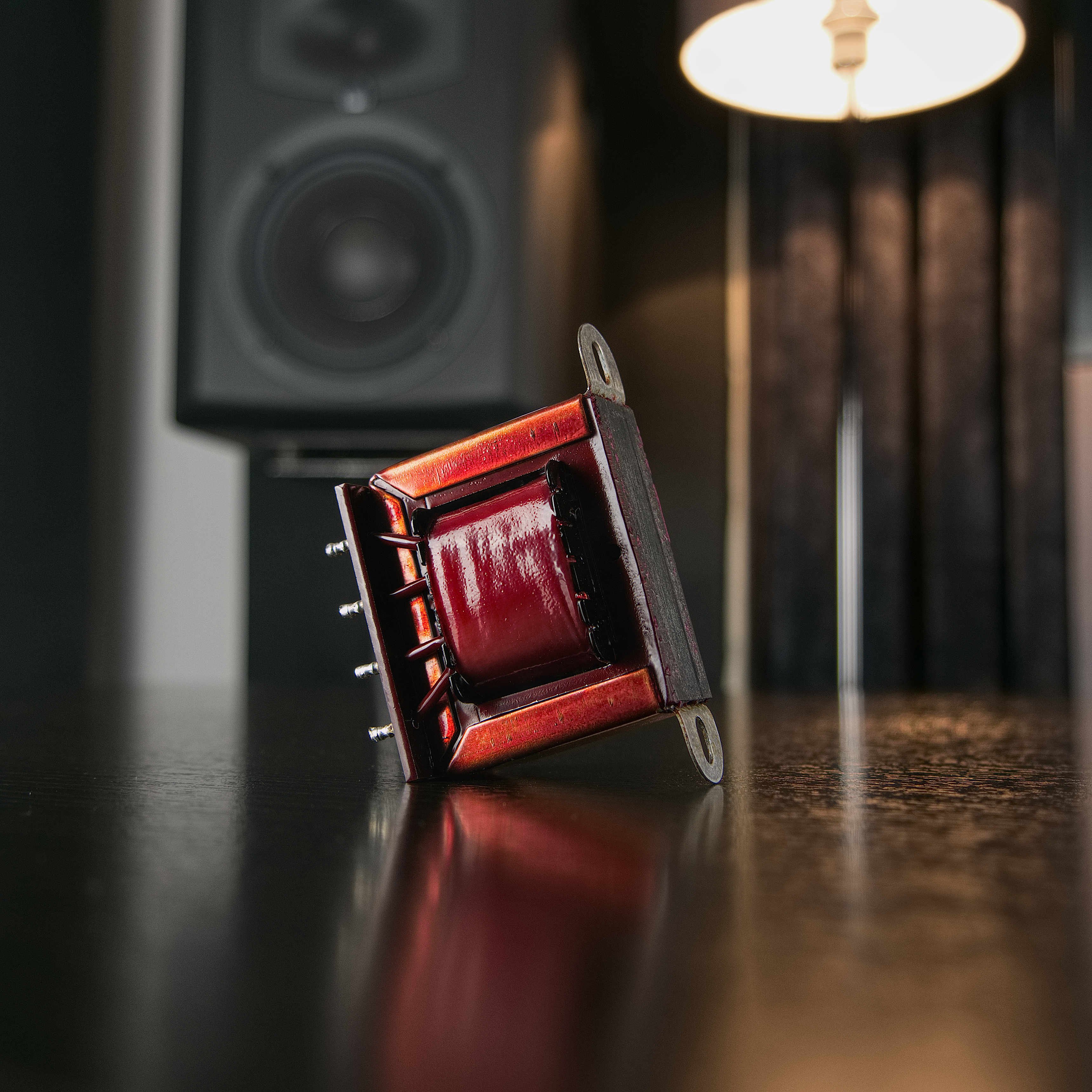
Input and/or output transformers are sometimes used on mic and instrument preamps - especially high-end preamps and DIs. So what do transformers do and why don't we use them?
Benefits of Transformers
The main benefit of a transformer-balanced input or output is that a transformer provides a perfect impedance balance - therefore good common-mode and RF (radio-frequency) rejection - allowing for a device that is less prone to noise and interference. In older equipment, transformers were also used for impedance transformation and as a source for low-noise gain, but modern low-noise circuits make this redundant.
Nowadays - whilst the common-mode and RF rejection benefits are important - a large part of the appeal of transformers in audio gear is the subtle saturation and EQ-effects transformers can impart on an audio signal - input and output transformers frequently give a piece of gear it's "signature sound" such as the "1073" and many other classics. These saturation effects transformers provide are nuanced but subjectively-pleasing and often cannot be replicated easily with EQ, compression, similar effects.
Downsides of Transformers
Transformer-based designs can use "clean"-sounding modern transformers that are designed to be more neutral or "vintage"-sounding transformers which "thicken" the sound and are responsible for some of the most iconic recordings ever - but the key is you cannot have both - you have to choose which transformer the preamp will use which determines its sound. And a transformer does not have any controls - you cannot determine "how much" or "how little" of the transformers' sound gets on your recordings - it's always there in circuit and it's always applying it's colouration.
But even the "cleanest" transformer-based designs - in terms of frequency and phase linearity - cannot be as frequency nor phase-linear as a transformerless design. This is because transformers have inherent low-frequency and high-frequency roll-off by nature of their design. So whilst "vintage"-sounding transformer-based designs will dramatically increase the distortion and introduce frequency and phase non-linearities - even a "clean"-sound modern transformer-based design will not be able to achieve the linearity and transparency of a transformerless design.
Camden 500's Transformerless Design
So why don't we use transformers in the Camden 500? Well if we look at the two reasons why you'd want transformers - 1) common-mode rejection and 2) colouration/saturation - we find that Camden 500's transformerless design provides more flexibility and performance in both areas.
1) Common-mode rejection - thanks to the Camden 500's unique topology - the Camden 500 achieves similar rejection ratios to most transformers with high-frequency rejection that surpasses most thanks to the careful discrete design and biasing of our analogue stages.
2) Saturation/Colouration - without the need for a transformer to achieve sufficient isolation - the Camden 500 can produce a more transparent, linear sound than is possible with most transformers. Transformers have "a sound" which may be to taste or may not be. But Camden 500 provides frequency- and phase- linear sound capture - the perfect neutral canvas for further processing. And that further processing is built-into the Camden with it's Mojo analogue saturation circuit.
Mojo - variable transformer-style saturation circuit
The subtle "saturation" effect transformers impart on audio is quite magical, mystical, and hard to replicate. Our Mojo analogue saturation circuit is our attempt at inducing the same subtle interactions that occur in transformer-based designs to produce a "thicker", "warmer", "bigger" tone in a controllable, variable way using all-analogue circuitry. We carefully studied and measured all of our favourite transformer-based designs to determine what was really happening - with an eye to recreate this magic in a less chaotic, more crafted manner.
The result is Mojo - a brand-new type of saturation circuit consisting of an array of filters and discrete second and third order harmonic generators that allow precise emulation of the saturation and frequency reinforcement behaviours of transformer-based designs... And beyond...
Receive the latest product updates directly from the team.


Cranborne Audio, Harvest House, Cranborne Rd, Potters Bar, EN6 3JF
Privacy Policy | Warranty Policy